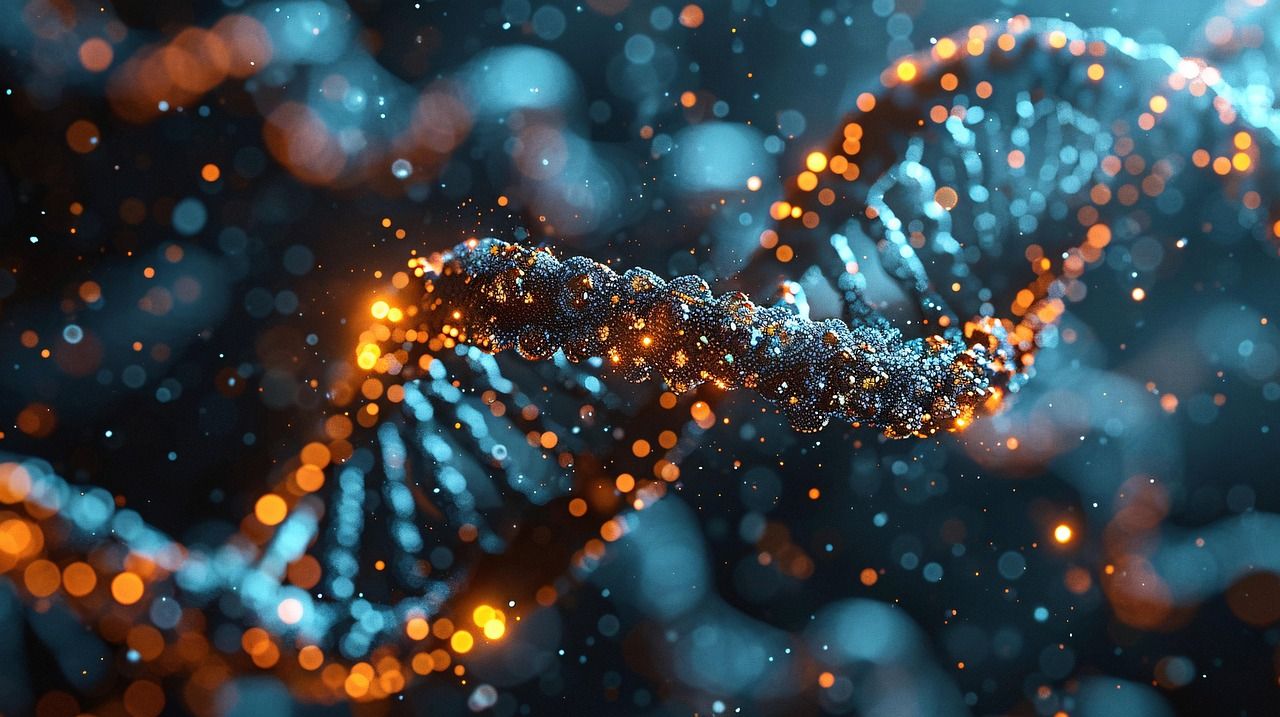Follow us on Google News (click on ☆)
For several decades, researchers have been trying to understand how the chemical building blocks of primitive life could have bonded together. A team from University College London (UCL) now proposes a solid lead: they have successfully recreated in the laboratory the junction between amino acids, the components of proteins, and RNA, the information-carrying molecule. Published in Nature, this study revives the debate about the initial conditions of Earth's chemistry.

Pixabay illustration image
Reconstructing the first steps of life
Proteins perform a multitude of essential functions, but they cannot form without instructions. It is RNA that provides these instructions by acting as a messenger. The UCL team has successfully shown that a direct link can be established between RNA and amino acids under simple aqueous conditions.
This breakthrough recalls a mechanism that modern cells accomplish with very complex molecular machines, the ribosomes. Here, the process relies solely on spontaneous chemistry, without enzymes or sophisticated devices. The researchers thus obtained a first step toward the development of small protein chains called peptides.
This discovery stands out from previous work, which failed due to side reactions. Earlier attempts used molecules that were too reactive, which degraded in water and prevented association with RNA.
A marriage between two major hypotheses
To overcome this obstacle, the chemists drew inspiration from known biological reactions. They used thioesters, energy-rich compounds already involved in many current metabolic processes. These molecules are capable of activating amino acids and facilitating their binding with RNA.
The interest is twofold: thioesters were probably present on primitive Earth, and their use unites two scenarios often discussed by researchers. The "RNA world" hypothesis suggests that this molecule played a central role by replicating on its own, while the "thioester world" hypothesis attributes to these energy-rich compounds the ability to initiate the first vital reactions.
By linking these two models, the authors suggest that the origin of life may have relied on an interaction between information carriers and energy sources. This combination would have paved the way for the production of the first proteins.
Plausible conditions on primitive Earth
The experiments show that this chemistry works in water at neutral pH, which rules out overly diluted ocean environments. Lakes, ponds, or coastal areas seem more suitable for concentrating the necessary molecules.
Some experiments even indicate that freeze-thaw cycles could accelerate the reactions. The formation of brine pockets in ice could have gathered the ingredients at sufficient concentrations to promote RNA-amino acid binding.
However, the researchers point out that many obstacles remain to be overcome. It will be necessary to demonstrate how RNA could establish binding preferences for certain amino acids, a first step toward the emergence of a true genetic code.